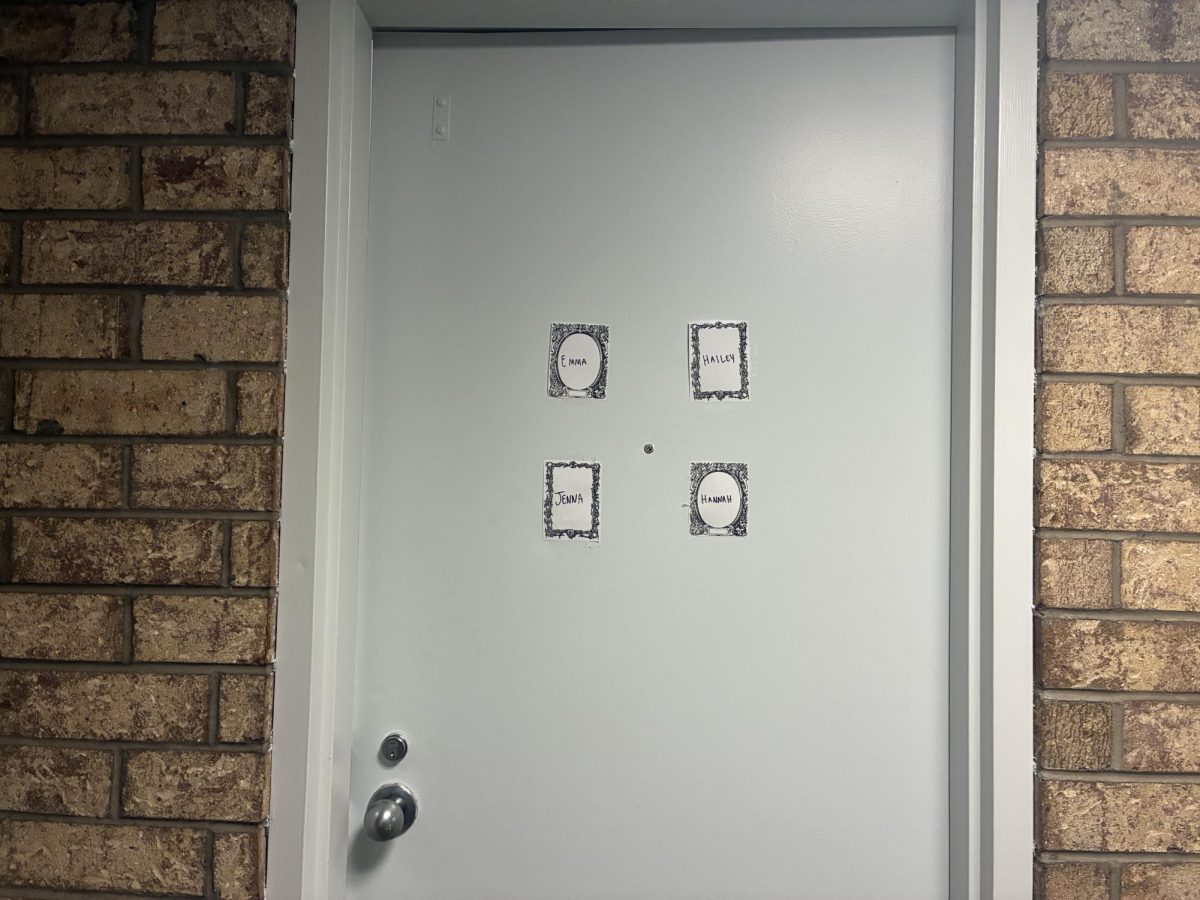College learning can be very different from your previous school learning experiences. While there are lectures, labs and discussion, many professors take a “hands-off” approach to their students. They don’t regularly remind students about exams, they don’t make sure you keep up with the reading and some professors don’t care what grades their students get. This doesn’t make your professors bad people, though, this system is here to help you develop into a mature, responsible adult – a person who approaches professors with questions and reads the syllabus back to front. You are responsible for your learning in the classroom.
However, this arrangement isn’t a one-size-fits-all solution and not every student learns the same way. A classroom environment that allows one student to learn to their full advantage while failing another student who can’t handle the pressure is not a fair one. You don’t have to let the environment change you though. Instead, you can figure out what your learning style is and the best ways to maximize that learning style.
There are five general learning styles that you can be sorted into: aural, visual, kinesthetic, verbal and logical. You can manipulate any environment by focusing on the key aspects of the learning style that fits best with your personality. There are tests that you can take to find out what learning style you officially are, but it isn’t necessary. I have personally benefitted from implementing a mix of all the learning styles into my studying routine, and I found that it helps me comprehend the material from a variety of different directions that I might not have thought of previously.
The first learning style is aural learning. Aural is an auditory learning style, which means that you, as a student, learn better by hearing or speaking your learning material. If you love lectures and listening to explanations over and over, but cringe at the thought of silently reading material for hours, you might be able to benefit from indulging your aural needs. This can be incorporated into your daily routine in several ways.
First, I found that reading my notes and textbook aloud when reading or reviewing is extremely helpful. If you choose to do this, you must engage with your material – don’t get caught up in the mechanical aspect of reading. Repeat sections, vary your vocal intonation, write down questions and thoughts and ask yourself questions aloud about the material before reading the answer. This helps you avoid reciting all the information and then forgetting it immediately afterwards. You can even record yourself doing this and listen to it later as another review.
Second, ask your professor if you can record each class session. You will not only benefit from catching parts that you missed, you can also listen to lectures every night before bed. It may sound odd, but studying before going to bed helps you absorb and “learn” the information while you are asleep. Listening to lectures before bed is a way of you reviewing without getting out from under your covers.
Third, find and listen to podcasts and audiobooks that pertain to class or the subject you are learning. Like many people, I enjoy listening to podcasts. I found that I absorbed a lot of relatively useless – though hilarious – information from my favorite comedy podcasts, so I decided to put the time that my brain wanted to learn to find out more about subjects I was struggling in. You can convert TED videos to mp3 and listen to them during the day. A book you have not been able to read for class can be listened to while commuting via an audiobook. You can comprehend information you learned during class by finding a podcast that deals with the same material, or listen to songs in a language you are trying to learn and try to pick out words or phrases you know. You will not realize just how much potential learning time you have wasted until you begin doing this.
Finally, utilize text-to-speech and auditory aids. Text-to-speech has evolved enough in the past few years so that it doesn’t sound as unnatural anymore. If you find yourself faced with huge blocks of text, try seeing if there is a text-to-speech option that can help break up the monotony. Even better, if your professors give you auditory aids, listen to them while reviewing notes! Hearing what you are supposed to be learning can be very helpful.
You have two ears because listening is a highly important skill – so use them! If it seems that auditory learning is what you need to concentrate, I highly recommend trying out some of these tips, or even making some of your own! Use your listening skills to learn.
Look out for next week’s advice column where we’ll talk about ways for you to utilize images, videos and your working environment to cater to a visual learning style. “See” you then!






